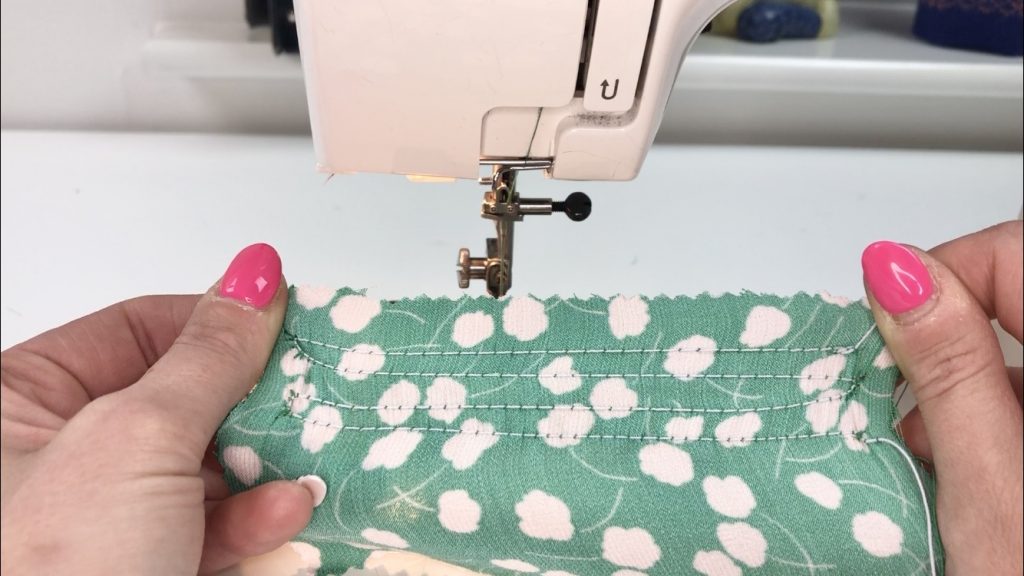Have you ever stumbled upon a little slice of paradise that feels like your own secret escape? There’s something magical about uncovering hidden havens where you can unwind in seclusion. As much as we all love the major tourist hotspots, sometimes you just need to venture off the beaten track to find true serenity.
Lucky for you, Booking.com has uncovered some of the most charming hidden gems perfect for your next getaway. We’re talking secluded mountain lodges, beachfront bungalows, boutique countryside retreats, and more – all tucked away in destinations you never even knew you needed to visit.
In this list, you’ll find 10 underrated spots for a tranquil timeout. Discover cozy Tuscan farmhouses, Balinese eco-retreats, rustic New Zealand cabins, and other sanctuaries ideal for relaxation. Leave the crowds behind and unleash your inner explorer – your perfect secret escape awaits! Journey with us now as we reveal the hidden havens you never knew you needed in your life.
Boutique Bliss: Small Hotels With Big Personality
Looking for a memorable stay that oozes charm? Booking.com has you covered with intimate boutique hotels brimming with character. Take the Adriana Hvar Marina Hotel & Spa in Croatia, housed in a former rope factory with sleek nautical-themed rooms and a luxury spa overlooking the Adriatic Sea. How about the Hotel Gajoen in Japan, an architectural wonder that blends traditional and modern styles, with art-filled rooms, lush gardens, and ponds for a Zen-like retreat?
If quirky is more your style, Edinburgh’s The Rutland Hotel ticks all the boxes. This 12-room gem in a historic building comes with cocktail bars in each room, a cinema in the basement, and free Netflix – ideal for a fun weekend escape. Over in New Zealand, you’ll find the intimate Hapuku Lodge & Tree Houses, a luxury eco-lodge with stilted treehouses and wooden cabins tucked into native forests. By day, enjoy hiking, biking, or whale watching, then cozy up by your room’s fireplace at night under a blanket of stars.
From hip hubs of creativity to secluded sanctuaries of wellness, Booking.com opens the door to boutique hotels brimming with spirit and soul. Leave the familiar behind and discover your hidden haven, whether it’s beach bliss in Bali or a countryside cottage in Tuscany. One thing’s for sure – it’ll be a place you’ll never forget.
Bed and Breakfast Gems for a Home Away From Home
If you’re looking to escape the usual hotel experience, cozy bed and breakfasts are a perfect alternative. Booking.com has uncovered some hidden B&B gems ideal for a homey getaway.
The Ivy House, Cotswolds, England
This charming B&B in the picturesque Cotswolds countryside offers a peaceful retreat. Individually decorated rooms feature plush beds, soft linens, and tasteful accents. Wake up to a full English breakfast with local, organic ingredients. Explore the walking trails, stately homes, and quaint villages nearby. With only five rooms, The Ivy House provides an intimate escape in an area of outstanding natural beauty.
Villa Augustus, Belgium
This historic villa turned B&B in the Belgian countryside blends modern art and design. Each room exhibits works by renowned artists for an avant-garde yet comfortable stay. The villa sits on the grounds of a former abbey, now an acclaimed botanical garden open for exploring. Homemade Belgian waffles, local beers on tap, and a sun-drenched terrace make for a perfect start or end to your day. An ideal spot for culture vultures looking for an offbeat adventure.
With welcoming hosts, delicious food, and stylish yet cozy rooms, these little B&B gems offer a memorable holiday experience. Leave the usual behind and uncover the charm of a lovingly run bed and breakfast. Exploring the world starts with the first step out your front door. Why not begin with Booking.com?
Off-Grid Oases: Secluded Vacation Rentals and Eco Lodges
If you’re looking to get off the grid and reconnect with nature, Booking.com has you covered. They feature secluded vacation rentals and eco-friendly lodges in stunning natural settings around the world.
Escape the hustle and bustle at the Rainforest Ecolodge in Costa Rica. This sustainable property sits on the edge of Corcovado National Park, surrounded by lush rainforest. Wake up to the sounds of howler monkeys and toucans outside your private bungalow. By day, go bird watching, take a canopy tour, or kayak through mangroves. At night, gaze at the stars from the open-air lounge.
In New Zealand, Te Awa River Rides offers a peaceful glamping experience. Stay in a luxury tent or cottage along the Whanganui River, in the heart of native bushland. During the day, explore the river on a kayak or jetboat, hike through gorgeous gorges, or simply unwind in the natural hot pools. By night, cozy up around a campfire under the starry sky.
If an African safari is on your bucket list, check out the &Beyond Nxabega Okavango Tented Camp in Botswana. This eco-friendly camp sits deep within the Okavango Delta, surrounded by floodplains and woodlands. During your stay, embark on game drives to spot wildlife like elephants, hippos, lions, and leopards in their natural habitat. Or view the scenic delta from above on a helicopter ride. At the end of an exciting day, retire to your lavish tented suite for a peaceful night’s rest.
Booking.com makes it easy to uncover hidden gems and plan your perfect off-grid getaway. Why not start your search today? An unforgettable natural escape could be just a few clicks away.
Conclusion
And there you have it – 10 hidden havens waiting to be discovered on Booking.com. Whether you fancy an eco-friendly treehouse, a luxury yurt under starry skies, or a secluded beachfront villa, these unique stays prove there are adventures to be had in every corner of the globe. All you have to do is take that leap of faith, open your mind to new experiences, and let Booking.com be your guide. Who knows the stories you’ll have to tell after uncovering your secret sanctuary? One thing’s for sure – it’ll be a holiday you’ll never forget. So what are you waiting for? Ditch the usual spots and start planning your escape to the road less traveled. A whole new world of wonder is out there – go find your paradise!





























